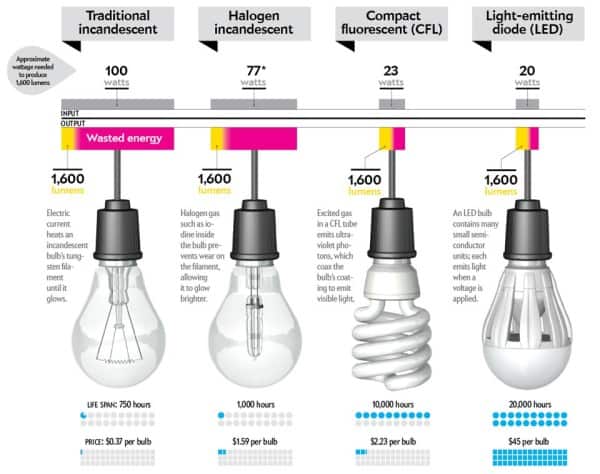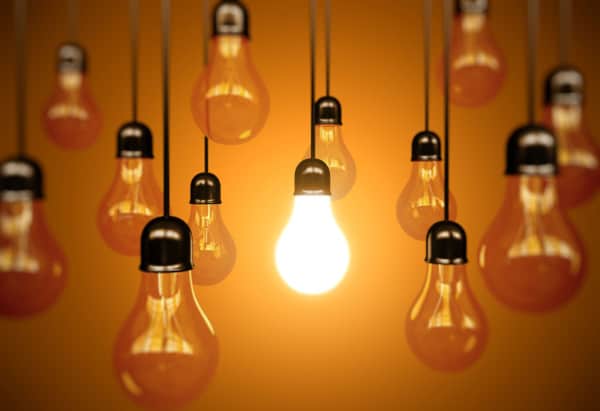
Lighting options have continued to increase throughout the years. On one hand, this is great news as it means that you will have larger selections to choose from. However, it could make the entire lighting buying experience rather perplexing and frustrating with its wide variety of choices.
There are several different types of light bulbs available on the market today. Many of them differ in terms of energy efficiency, shape and lifetime expectancy. By learning about the different types of lighting available, you can make better choices for the lighting you need.
Compact Fluorescent Lamp (CFL) and Light Emitting Diode (LED)
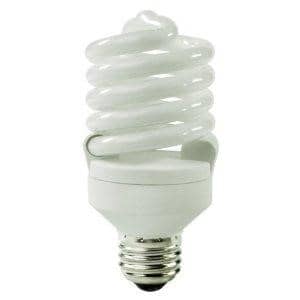
Compact Fluorescent Lamp (CFL) bulbs are tied with Light Emitting Diode (LED) bulbs in terms of energy-efficiency, making them the most energy-efficient lighting options. They generate the same amount of light while using less energy as compared to other bulbs.
CFL bulbs can help you save up to 75% per year, while LED lights save up to 80% per year in terms of energy costs.
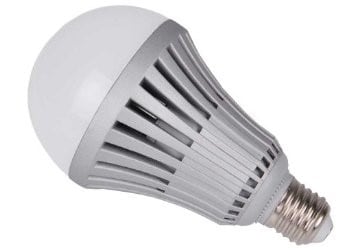
A few considerations, LED is longer-lasting, while on the other hand, CFL bulbs contain a small amount of mercury, which is very toxic for us and for the environment. The traditional view that has been held is that LED bulbs are slightly more expensive. However, with manufacturing advancements, the prices of LED have dropped significantly over the years. What used to be reserved for industrial and office use, many homes now use LED too as they are much more affordable and makes better financial sense in the long run. LED also makes very nice lighting effect. With new designs mimicking the filaments of traditional incandescent Edison bulbs, LED Edison bulbs are now a very affordable and popular choice.
Standard Incandescent Bulbs
Standard incandescent bulbs use a filament that heats up to provide light. These lights, however, only last 1 – 1.5 years on average and consume much more energy. Right now, standard incandescent bulbs have seen a reduction in production due to their lack of energy-efficiency. However, for those looking for the classic and old-school industrial lighting glow effect, especially that given by traditional incandescent tungsten Edison light bulbs, those with unique designs remain in demand for the effect and ‘feel’ they give.
Fluorescent Bulbs
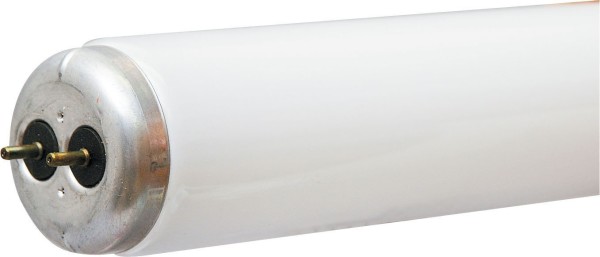
Fluorescent tubes emit UV light when electricity is applied. Both of the tubes are filled with mercury vapor. These are typically the linear light sources that you see, although they can be seen in U-shapes and circles as well.
These lights could only work when they are connected to a small voltage regulator, called ballast. If the ballast is broken, the high voltage makes a fluorescent bulb overheat and burn out in a moment. They are also unable to be dimmed and the light emitted is non-directional, unlike other bulbs in the market.
Halogen Bulbs
Halogen bulbs are similar to incandescent bulbs as they both heat a filament to provide light. However, unlike incandescent bulbs, halogen bulbs use significantly less energy. They also do not contain mercury, highly toxic material which can cause poisoning by only being near.
However they only last for a year, which means that you have to replace them more often.
Lumens and Watts
Knowing the various types of light bulbs would not be useful if you have no clue what Lumens and Watts are.
Lumens are light power units. That is the amount of shining light that comes from a bulb. Every light bulb has its own level of shine and lumen measurement.
Watts are units that are used to measure the power of electricity. The more watts you utilise, the less green you are, and the higher bill for electricity you pay. If you refer to the image below, you will now understand the significant benefits of LED, which can generate the same amount of brightness with a lower amount of electricity.
Here’s a bonus side-by-side comparison for you:
(Image credits: Scientific American)
We hope that this guide on the different light bulbs would be useful for you when you evaluate the type of bulbs to purchase for your lightings. LED and CFLs are definitely more economical, though it also depends on how you like your bulbs to look and feel. After all, aesthetics matters!
